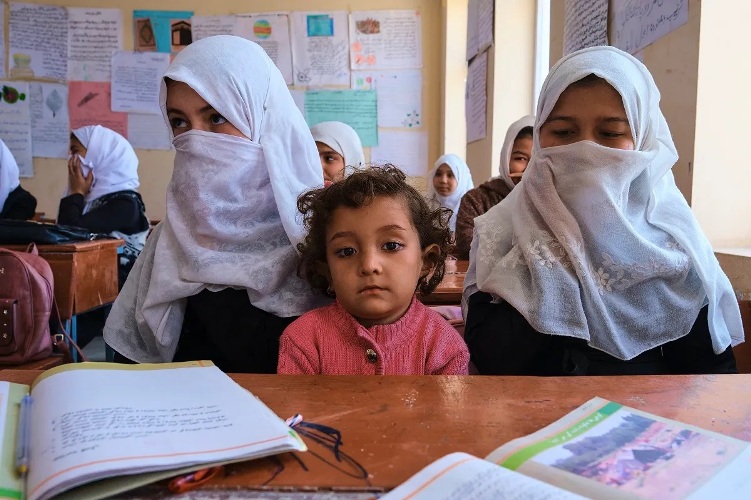
Awareness is easy but acceptance requires actual work. COURTESY
Autism is the fastest-growing developmental disorder nowadays.April has widely been known as ‘Autism Awareness Month. April 2nd was declared World Autism Awareness Day by the United Nations to bring international attention to autism, empower autistic individuals and their families, raise awareness and highlight the insufficient support that patients receive.Many countries honored the day with various campaign launches and fundraising events to increase awareness. People also wear the color blue to raise awareness for the people with Autism.
Though the month of April is recognized as Autism Awareness month, we should look at this as Autism Acceptance instead. Awareness is easy but acceptance requires actual work. Acceptance comes from a place of understanding and we have to make a conscious effort to overcome the prejudice for accepting it. It is not only for children that need support but also for the parents of children with Autism who have big concern about what happens as they get older. They hope that their child is going to be as independent as they can be, and be as safe and happy as possible as an adult.
First of all, we need to understand them. There are a lot of misconceptions and myths about autism and people with autism out there. In order to fully meet the needs of students with ASD and support them, it is important to have accurate information about their strengths and challenges. Misconceptions can lead to some autistic people feeling isolated and it can also lead to abuse and bullying. Some common misconceptions are; autism is caused by bad parenting, children with autism can’t learn, autism is caused by vaccination, autistic people don’t feel emotion, children with autism are more violent, autism is a disease, autistic people don’t feel emotion, all autistic people have a savant skill, autistic people have an intellectual disability & can’t speak and many more myths and misconceptions continue today.
Autism spectrum disorder, commonly known as ASD, affects how a person communicates with, and relates to, other people. It affects how they make sense of the world. The term “spectrum” is used to emphasize that autism presents differently in every single person. People with autism have a wide range of challenges as well as abilities.People with ASD experience difficulties with communication, social interaction and restricted/repetitive interests and behaviors. These are often accompanied by sensory issues, such an over sensitivity or low sensitivity to sounds, smells or touch. All of these difficulties may lead to behavioral issues in some individuals.
ASD is usually first diagnosed in childhood with many of the most-obvious signs presenting around 2-3 years old, but some children with autism develop normally until toddlerhood when they stop acquiring or lose previously gained skills. According to the CDC, one in 59 children is estimated to have autism. Autism spectrum disorder is also three to four times more common in boys than in girls, and many girls with ASD exhibit less obvious signs compared to boys.
Children with Autism may have difficulty learning language because they are more focused on thingsthat are around them and do not want to communicate with other people as much as typically developing children do. By this way, they don’t get as many chances to develop their language skills. They might be slower to develop language, have no language at all, or have significant difficulties in understanding or using spoken language. People sometimes think that children with autism don’t make eye contact, talk, show affection or care about others which is not true. They have difficulty to understand two-way process communication that uses eye contact, facial expressions and gestures as well as words. But many children with autism do make eye contact and express other non-verbal forms of communication. They also usually develop functional language skills or some form of communication, like sign language. Some children with ASD develop good speech but can still have trouble knowing how to use language to communicate with other people. So, speech and language delays are also common with ASD.
While there are some shared characteristics, it’s important to remember and respect that autism presents differently in different people.Often, co-diagnoses profoundly affect how a person with autism functions.Many people on the autism spectrum are able to live completely independently; others need support in almost all aspects of their daily life.
We must see each person with autism for the person they are, and not for what we think their diagnosis means.
*Author, speech and language therapist of Institute of Paediatric Neurodisorder and Autism (IPNA), BSMMU












0 Comments